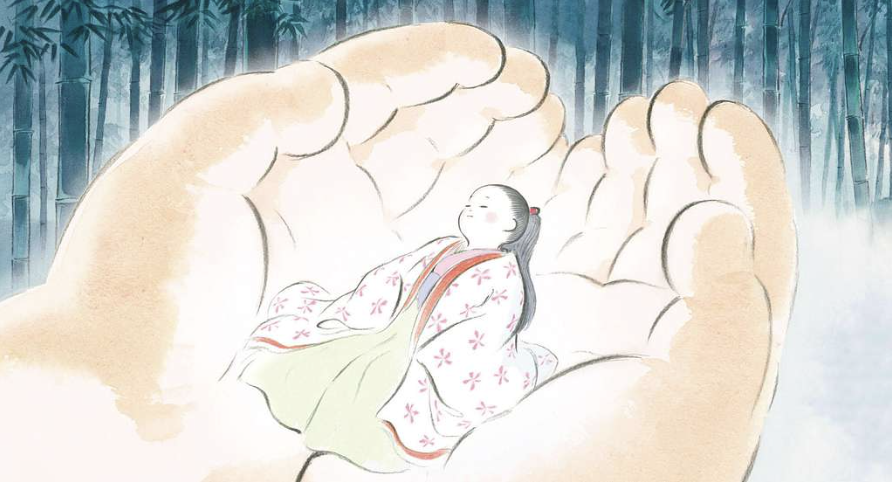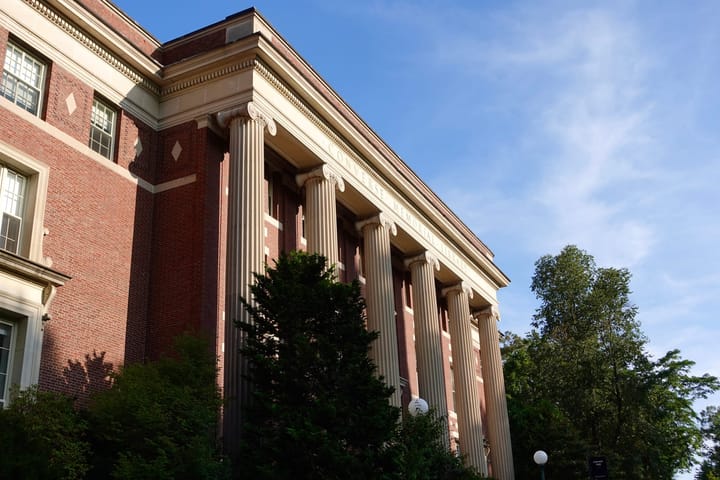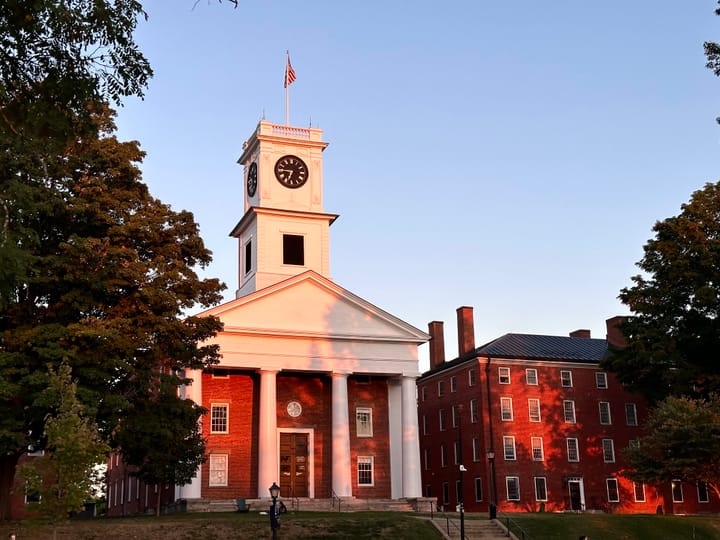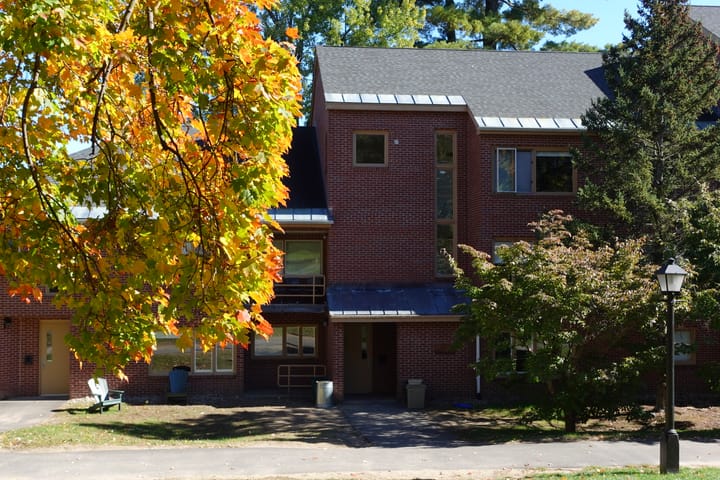Film Society x Anime Club: Ghibli Double Feature
Showcasing highlights of Studio Ghibli classics, the Film Society launched its first themed screening series of the year in collaboration with Anime Club. In his article, Alden Parker ’26 explores how the films’ directors reflect on memory and legacy.

The Amherst College Film Society’s first themed screening series of the year, a showcase of films by the beloved Japanese animation arthouse Studio Ghibli, hosted in collaboration with the college’s Anime Club in Keefe Theater, concluded last Thursday — fittingly, with a double feature of films made to mark an ending point for their respective directors. The first of the two films, “The Tale of the Princess Kaguya” (2013), was the final film made by Ghibli co-founder Isao Takahata, prior to his death from lung cancer in 2018; the second, “The Boy and the Heron” (2023), was the most recent film by Takahata’s friend and colleague Hayao Miyazaki, widely publicized as also being his last, though his apparent intent to continue working suggests otherwise. As the works of two acclaimed artists at similar stages in their careers, each created over an eight-year timeline, the films made for a dynamic experience when viewed together.
In viewing “The Tale of the Princess Kaguya,” I was surprised to notice several parallels with Takahata’s previous film, “My Neighbors the Yamadas” (1999). Despite the radically different settings of each film’s story — Japan’s feudal countryside versus its urbanized present day — Takahata weaves themes of appreciation for the beauty of everyday life into both. Something as ordinary as the changing of the seasons, for example, becomes a reason for celebration for both Princess Kaguya and the Yamada family. The comparison is further underlined by the fact that both “My Neighbors the Yamadas” and “The Tale of the Princess Kaguya” deviate from the richly detailed Ghibli “house style” typified by Miyazaki’s films, instead conveying a sense of flow through either scrawled comic-strip art or dynamic interpretations of classical woodblock-print and ink-painting techniques.
However, unlike “My Neighbors the Yamadas,” “The Tale of Princess Kaguya” approaches these themes more somberly. Takahata’s recentering of the centuries-old folkloric “Tale of the Bamboo Cutter” on the inner life of the mysterious Princess Kaguya, originally described as an inscrutable maiden born from a bamboo stalk, leaves no doubt as to her stifled existence in the realm of nobility, subject to the whims of a father with misplaced desires for her happiness, unable to truly return to the simple mountainside home she once knew. The film’s climax, in which the princess is forced to leave behind all her former attachments as her people come to claim her, is framed as a tragedy not only for her family, servants, and suitors, but also for the princess herself, a soul now permanently separated from the beauty of the everyday. Though the gravity and stronger narrative of “The Tale of Princess Kaguya” lead me to judge it a better “last statement” for Takahata’s career than the loose “My Neighbors the Yamadas,” I admit I’d return to the latter’s buoyant comedy much sooner.
“The Boy and the Heron,” meanwhile, offers less of a challenge to the notion of “standard fare” one imagines from Ghibli. Similar to Miyazaki’s prior blockbuster “Spirited Away” (2001), the film sends its child protagonist into a parallel world of spirits and magic, where they can only survive through a sharp mind and a compassionate heart. A towering structure populated by colorful figures of dubious morals serves as the center of the action. The hero is accompanied by an at first menacing, but ultimately harmless, native of the otherworld. There’s the requisite flying scene, the lush depictions of nature — the audience’s mental boxes are checked off.
However, examining specific choices made in “The Boy and the Heron” within these conventional boundaries reveals a much more personal film than Miyazaki’s typical output. The character of the titular “boy,” Mahito, deserves particular attention: Miyazaki’s choice of not only a male hero, despite having historically stated a greater interest in female protagonists, but specifically the son of a factory owner creating fighter planes during World War II, as Miyazaki’s own father did, strongly suggests a degree of self-identification in writing the film. The passing of Takahata during the film’s early production seems to cast a long shadow over the finished product as well: This otherworld is not the domain of the forces of nature as in “Spirited Away,” but explicitly one of souls both living and dead, its stability and architecture overseen by a mysterious man seeking to name Mahito his kindred creative spirit, just as Takahata once did with Miyazaki before they founded Ghibli together. The film’s concern with life, death, and creative succession, greater than any of Miyazaki’s films made during his long history of false retirements beginning in 1997, pushes readings of “The Boy and the Heron” as an artist coming to grips with his own mortality to the forefront — and in so doing, creates as strong a final statement from both Miyazaki and Studio Ghibli as its audience could hope for.
Besides “The Tale of Princess Kaguya” and “The Boy and the Heron,” prior screenings in the Film Society’s Ghibli series included “Spirited Away,” “Princess Mononoke” (1997), and “Ponyo” (2008), though the last of these was canceled due to sound system-related technical issues. The Film Society has yet to announce its next screening series, while the Anime Club said it will be looking into using Keefe Theater for its own film screenings in the future.





Comments ()